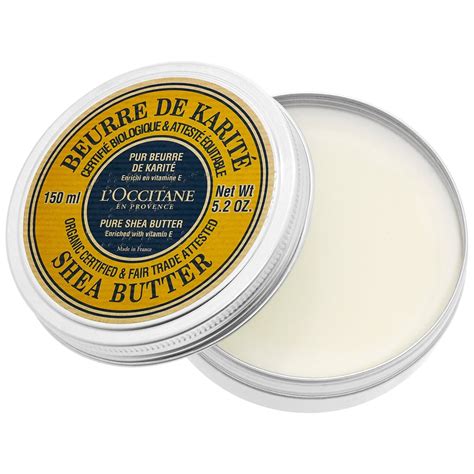
The Natural Wonder I Didn’t Know We Needed
Before having a baby, I thought shea butter was just something you found in fancy body lotions.
I had no idea it would become one of the most useful, gentle, all-natural essentials in our baby skincare routine.
From dry patches to sore bums and even those flaky newborn feet, pure shea butter has saved us more than once.
Here’s why I’ll never be without it again.
Why I Turned to Shea Butter
I’d tried a few baby creams and balms from high-street brands — most of them full of ingredients I couldn’t pronounce.
They worked… kind of. But I kept coming back to the same questions:
- What’s really in this?
- Why is it £12 for a tiny tube?
- Why does it sting when I try it on dry skin?
So I gave raw, unrefined shea butter a go.
It’s thick, yes — but when I warmed a little between my fingers and used it on my baby’s dry skin, I saw a difference almost overnight.
How It Helped My Baby’s Skin
1. Deeply Moisturising for Dry Patches
Newborns peel, toddlers scuff, and teething babies often end up with red cheeks or flaky skin.
Shea butter worked beautifully on:
- Dry arms and legs after bath time
- Flaky newborn hands and feet
- Chapped skin from wind and dribble
A tiny dab goes a long way, and it melts into the skin slowly, giving long-lasting moisture without the greasy mess.
2. Soothed Nappy Rash Naturally
We had a few episodes of irritation — especially when we introduced solids.
I started dabbing shea butter on clean, dry skin before bedtime and noticed the rash faded much faster.
It acts as a gentle barrier, but it’s also anti-inflammatory and full of healing vitamins (A and E), which really helped calm everything down.
3. Helped With Eczema-Prone Skin
My son’s skin flared up with a rough patch on his belly around six months old.
Rather than reaching for steroid creams straight away, I tried applying shea butter after every bath.
The area became softer, less red, and less itchy within a few days.
It’s not a miracle cure, but for mild eczema, it’s been a brilliant natural option to have.
Why I Keep Using It (Even for Me)
- Multi-use: I use it on baby’s skin, lips, hands — even my own heels and elbows.
- Totally natural: No fragrance, no chemicals, nothing hidden.
- Long shelf life: A single jar lasts months.
- Ideal for travel: Instead of packing 4 creams, I just take one little tin of shea butter.
It’s now part of our daily routine — right after bath time, on dry cheeks in winter, and whenever skin needs some TLC.
What to Look For
Not all shea butter is equal. You want:
- 100% raw, unrefined shea butter
- Preferably organic, with no additives
- Ivory or pale yellow in colour
- Slightly nutty scent (if it smells like perfume, skip it)
We use brands like Naissance, SheaMoisture Raw, or Fushi — all easy to find in the UK.
Things to Keep in Mind
- It’s thick: Warm it between your fingers before applying, especially in winter when it hardens.
- Start with a small amount: It spreads far — no need to slather it on.
- Patch test first: Especially for sensitive skin or if baby has nut allergies (shea is a nut-based butter, though it’s generally low-risk).
- Store in a cool place: Away from direct heat or sunlight so it keeps its texture.
Would I Recommend It?
Absolutely.
It’s not hyped, it’s not expensive, and it doesn’t come in a designer bottle — but it works.
If you’re looking for a gentle, natural option to care for baby’s skin, raw shea butter deserves a spot on your shelf.
Sometimes the best solution is simple, ancient, and comes in a jar.
Where I Get Mine
- Amazon UK – Naissance Organic Shea Butter
- Holland & Barrett – Fushi Raw Shea Butter
- SheaMoisture UK – Raw Shea Butter Collection
(Tip: Look for cold-pressed, unrefined options — they retain the most goodness.)
Leave a Reply